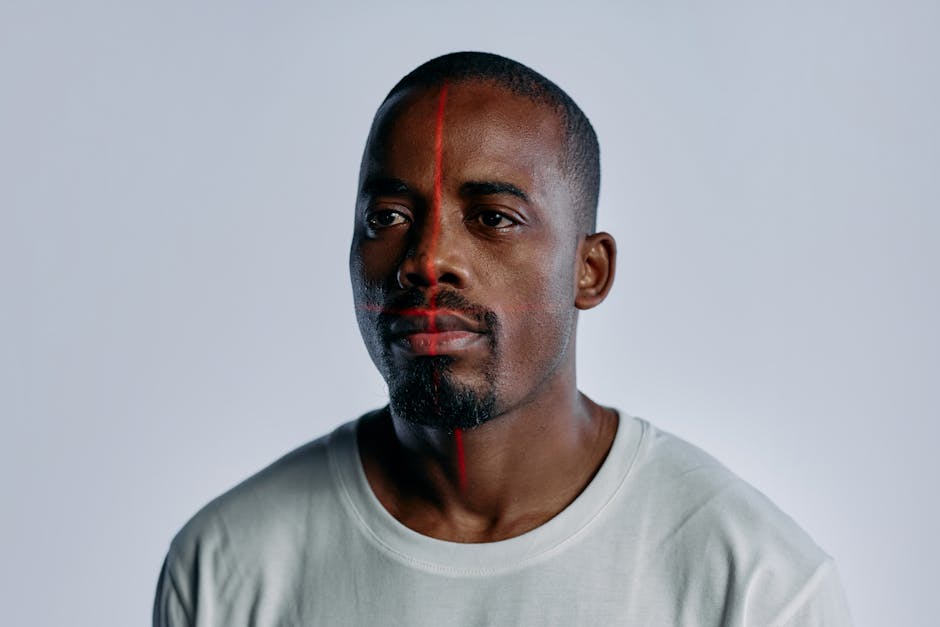Two Years of Devastation: Gaza’s Struggle for Survival
Two years of relentless conflict have left Gaza in ruins, its people scarred physically and emotionally. As whispers of a potential ceasefire plan circulate, the atmosphere in the war-torn enclave is a mix of cautious optimism and deep-seated skepticism. For some, the prospect of peace brings a glimmer of hope; for others, it is a reminder of past disappointments and unfulfilled promises.
The conflict, which has claimed thousands of lives and displaced countless families, has reshaped the lives of Gazans in unimaginable ways. Entire neighborhoods lie in rubble, hospitals struggle to cope with the wounded, and children grow up knowing nothing but the sound of explosions and the sight of destruction. Amid this devastation, the idea of a ceasefire offers a rare chance to rebuild and heal.
Voices from Gaza: Hope Amidst Fear
“We’ve lost so much—our homes, our loved ones, our sense of security,” says Ahmed, a 35-year-old father of three. “If this ceasefire holds, maybe we can finally start over. But we’ve been here before, and every time, the peace didn’t last.”
Ahmed’s sentiment echoes across Gaza, where many residents are torn between hope and fear. The ceasefire plan, brokered by international mediators, outlines a phased approach to ending hostilities, including the withdrawal of troops, the lifting of blockades, and the delivery of humanitarian aid. While these measures are welcomed, some Gazans remain wary, questioning the sincerity of the parties involved and the sustainability of the agreement.
“Every ceasefire in the past has been broken,” says Mariam, a schoolteacher in Gaza City. “We’ve learned not to trust words on paper. What we need is real change, not just another temporary pause.”
A History of Broken Promises
The skepticism is not unfounded. Over the years, multiple ceasefire agreements have been reached, only to collapse within weeks or months. Each time, the cycle of violence resumed, often with greater intensity. This history of broken promises has left many Gazans disillusioned, hesitant to believe that this time will be different.
Yet, for others, the ceasefire represents a lifeline—a chance to breathe, to mourn, and to rebuild. The war has taken an immense toll on Gaza’s economy, with unemployment rates soaring and basic necessities becoming increasingly scarce. The lifting of blockades, a key component of the ceasefire plan, could alleviate some of these hardships, allowing goods and aid to flow into the region.
A Fragile Promise for a Better Tomorrow
“We’ve been living in a state of constant fear and deprivation,” says Samira, a mother of five. “If this ceasefire means we can finally access food, medicine, and clean water, then it’s worth a try. We have no other choice.”
The international community has also expressed cautious optimism, with several nations pledging support for the reconstruction of Gaza. Humanitarian organizations are gearing up to provide immediate relief, while long-term plans are being discussed to address the root causes of the conflict.
However, the road to lasting peace is fraught with challenges. Deep-seated mistrust between the warring parties, political complexities, and the ever-present threat of extremism loom large. For any ceasefire to succeed, it must be accompanied by genuine efforts to address these underlying issues and build a foundation for sustainable peace.
A Test of Humanity’s Resolve
As Gazans grapple with their hopes and fears, the world watches closely. The ceasefire plan is not just a diplomatic agreement; it is a test of humanity’s ability to learn from past mistakes and chart a new course. For the people of Gaza, it is a chance to reclaim their lives and their future—a chance they desperately need, but one they approach with guarded optimism.
In the end, the success of the ceasefire will depend not just on the words on paper, but on the actions that follow. As Mariam puts it, “We don’t need promises; we need proof. Only then can we begin to believe in peace again.”
For now, Gaza remains a land of contrasts—a place where hope and wariness coexist, where the scars of the past meet the fragile promise of a better tomorrow.




